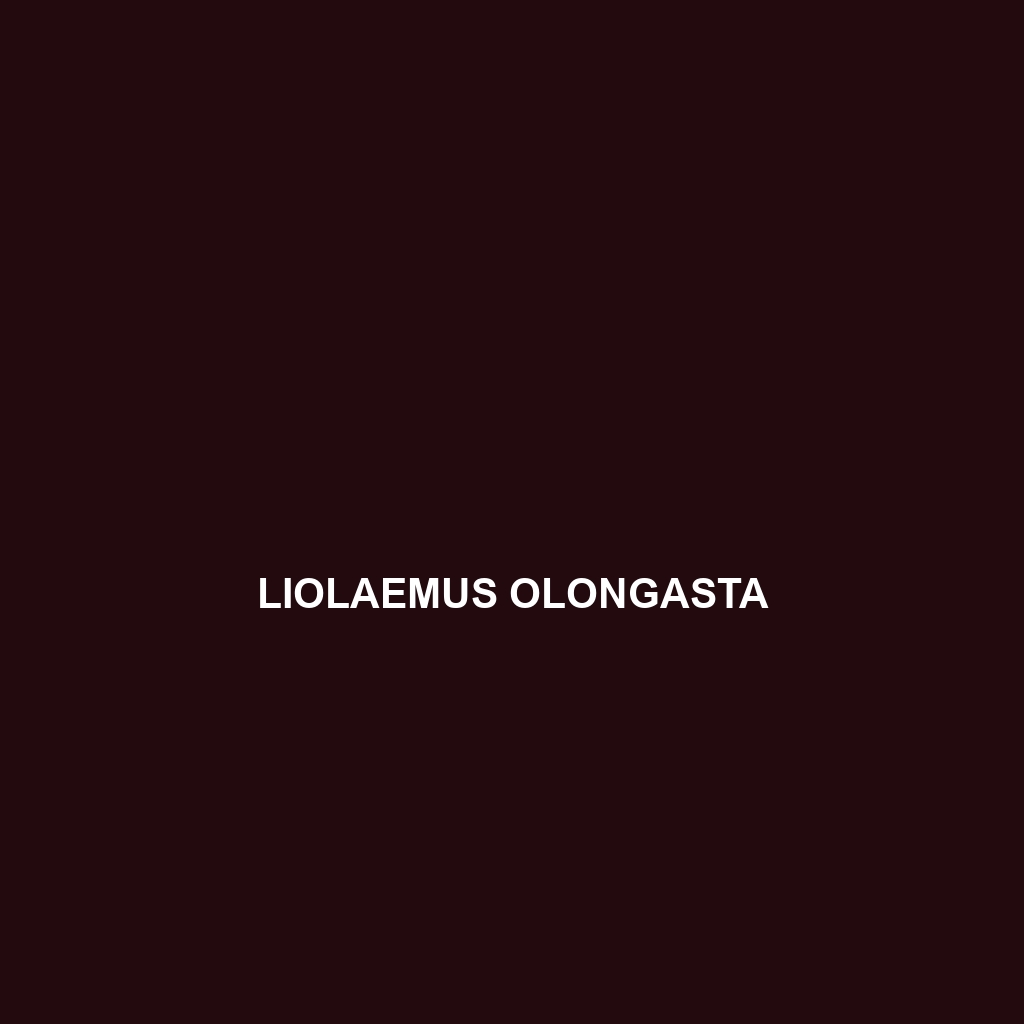Discover the distinctive Phymaturus vociferator, a robust lizard native to the temperate forests of Argentina's Andes, known for its unique coloration and vocalizations. With a diet primarily consisting of insects and a fascinating reproductive cycle, this Vulnerable species plays a crucial role in its ecosystem by regulating insect populations and serving as prey for larger predators.
Tag: Andes Mountains
Liolaemus williamsi
<p><b>Liolaemus williamsi</b> is a captivating lizard species native to the temperate forests and grasslands of the Andes in South America, exhibiting a blend of vibrant color and unique behaviors. Known for their diurnal habits, these reddish-brown lizards thrive in rocky terrains, playing a vital role in ecosystems by controlling insect populations and supporting biodiversity.</p>
Liolaemus shitan
<b>Liolaemus shitan</b>, found in the temperate forests and savannas of the Andes, is a diurnal lizard that grows up to 15 cm, exhibiting iridescent scales and vibrant throat colors during mating. This insectivore plays a vital role in regulating insect populations and maintaining ecological balance in its diverse habitat.
Liolaemus schroederi
Liolaemus schroederi, also known as the Andean Lizard, is a remarkable insectivore found in the temperate forests and semi-arid regions of Chile, displaying a distinctive elongated body and variable coloration for effective camouflage. This adaptable species plays a vital role in its ecosystem by regulating insect populations and serving as prey for larger animals.
Liolaemus olongasta
Discover the fascinating Liolaemus olongasta, also known as the Olongasta lizard, an insectivorous species thriving in the high-altitude Andes Mountains of Argentina. With distinctive coloration and live birthing capabilities, this resilient lizard plays a crucial role in maintaining ecological balance while adapting to extreme environmental conditions.
Liolaemus gracielae
<p><b>Liolaemus gracielae</b>, a medium-sized lizard found in the temperate forests of the Andes Mountains, features a slender body, vibrant coloration, and unique dorsal patterns. Primarily insectivorous, this agile and adaptable species plays a crucial role in regulating insect populations and maintaining ecosystem health.</p>
Liolaemus cuyanus
<p><b>Liolaemus cuyanus</b>, also known as the Cuyana Lizard, is a medium-sized, diurnal lizard native to the temperate forests of the Cuyana Basin in Argentina. With a diet primarily consisting of insects, this species exhibits remarkable adaptability, vibrant coloration, and plays a crucial role in maintaining the ecological balance of its habitat.</p>
Liolaemus campanae
Liolaemus campanae is a vibrant green lizard native to the temperate forests of southern Chile, known for its distinctive bright blue throat and diurnal behavior. This insectivorous species plays a crucial role in its ecosystem, controlling insect populations while serving as prey for various predators.
Liolaemus burmeisteri
Discover the Liolaemus burmeisteri, or Burmeister's Lizard, a medium-sized, diurnal insectivore native to the temperate forests of the Andes Mountains in Argentina, known for its agility, beautiful color patterns, and critical role in maintaining ecological balance as both predator and prey. Ideal for enthusiasts and researchers alike, this unique species thrives in rocky microhabitats, showcasing remarkable adaptability to its environment.
Homonota andicola
<p><b>Homonota andicola</b>, also known as the Andean homonota, is a diurnal lizard native to the humid montane forests of the Andes, exhibiting vibrant coloration and unique social behaviors. This species thrives at altitudes of 2,500 to 3,500 meters, primarily feeding on insects, and plays a vital role in its ecosystem by controlling insect populations and serving as prey for larger predators.</p>









